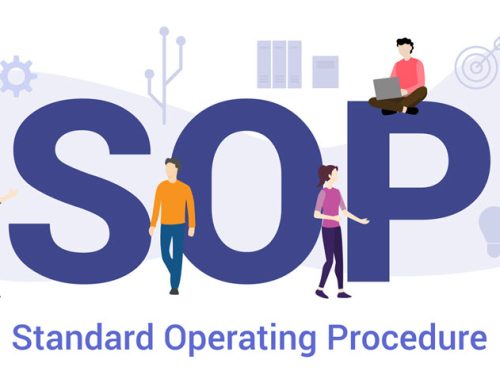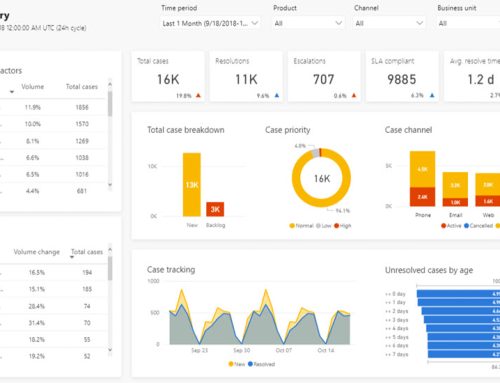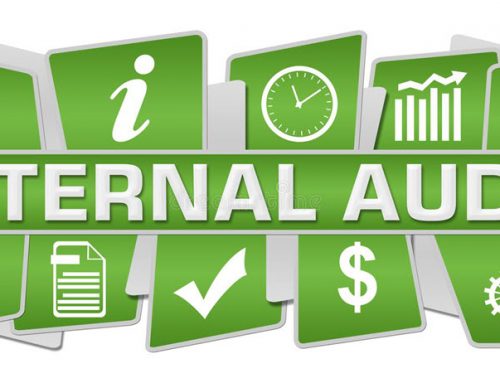A strong and dynamic document control process is a must have component of a quality management system (QMS). Nearly all auditing and compliance verification phases are identified by means of the inspection of documented proof. The document control procedure should define the range, purpose, technique and responsibilities in a clear way. The procedures for document control make sure that employees use the accurate documents to perform their work in organizational operations.
The document control procedures are a significant element of the quality assurance process. They track preparation of document as well as their management to ensure the employees in charge for documentation change outdated documents with the up-to-date forms. These procedures cover employee’s records like who formed, changed and permitted documents so that the organization can control documentation and avoid mistakes to improve the products and services. The aim of this process is to make sure that the required documentation version is accessible every time. The document control procedure includes the assessment and control of all documentation in the QMS.
Naming of Documents
All documents are allocated a particular name related to their usage. By means of giving a document title it is possible to have an exclusive tracking technique which must not be altered with every revision. Document control procedures identify who is accountable for forming specific documents and how the document creator has to classify it. Other than allocating the document a name in an approved arrangement, the employee in charge has to sign the document to categorize himself as the creator. Document signing shows that in the opinion of employee it is considered complete, and he or she has to mention the date presenting when the work was completed.
Evaluation of Documents
Quality assurance principles call for organizations to analyze a lot of their documents for correctness, particularly technical illustrations and terms. Document control procedures include which documents must be evaluated, by whom and in which way such reviews must be recorded. Normally a review procedure states what qualifications an assessor must possess, and how the assessor performs any alterations needed in the document. It includes how to maintain a record of changes and where the reviewer should sign to specify that he has finished a successful evaluation.
Revision of Documents
In addition to modifications made during an evaluation, essential alterations in documentation usually are caused by variations in projects or processes. Document control procedures identify who starts amendments and who performs them. As soon as a revision is prepared, the revised document obtains a label that allows employees to classify it as the most up-to-date revision after a specific date. The old document obtains a title as obsolete and it is marked as no longer existing.
Furthermore, another essential part of a document control procedure is how an organization makes certain that the most up-to-date versions of documents substitute obsolete versions at the settings where the documents are being used. The procedures identify who is held responsible for the documentation renewal, generally the originator of the revisions. On the other hand, the procedures train the documentation users on the categorization of outdated material and how the most up-to-date revisions can be checked.
Generally, business entities have to use documentation that is derived from outside the organization. Now the issue is that such documents are not included in the internal processes when they arrive first arrive. However, document control procedures need to identify who is held accountable for the incorporation of such documents into the system of the organization. They include the ways in which the external documents will be identified, whether an assessment is required and by what means to carry on with revisions if necessary. Once incorporated, the employees in control make sure that the related external documents exist where required.
The most important benefit of using document control procedures within our business is ensuring that the accurate, latest, and accepted document is being used. Using documents that are obsolete or no longer accurate can have severe consequences, and is one of the most common findings during audits. Unaccepted or obsolete practices, uncontrolled documents, unapproachable or misplaced file. These are a number of the audit findings that can take place in the absence of document control procedures.






